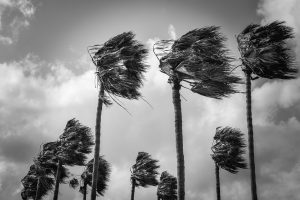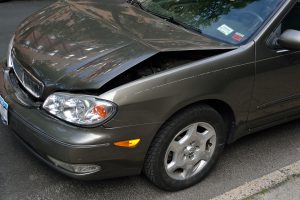 Courtesy of iii.org
Courtesy of iii.org
Dr. Phil Klotzbach, an atmospheric scientist at Colorado State University (CSU), and his team released their updated forecast for the 2019 Atlantic Hurricane season which began on June 1 and continues through November 30.
The team adjusted their original forecast which predicted a slightly below average season, and now call for an average season. The new estimate calls for about 6 hurricanes (average is 6.4), 14 named storms (average is 12.1), 55 named storm days (average is 59.4), 20 hurricane days (average is 24.2), 2 major (Category 3-4-5) hurricanes (average is 2.7) and 5 major hurricane days (average is 6.2). These numbers include Subtropical Storm Andrea which formed in May.
“We …believe that 2019 will have approximately average activity. There remains considerable uncertainty as to whether El Niño conditions will persist through the Atlantic hurricane season. The tropical Atlantic has warmed slightly faster than normal over the past few weeks and now has near-average sea surface temperatures. We anticipate a near-average probability for major hurricanes making landfall along the United States coastline and in the Caribbean,” said Dr. Klotzbach.
As is the case with all hurricane seasons, coastal residents are reminded that it only takes one hurricane making landfall to make it an active season for them. They should prepare the same for every season, regardless of how much activity is predicted.
Dr. Phil Klotzbach is a non-resident scholar at the Insurance Information Institute.


